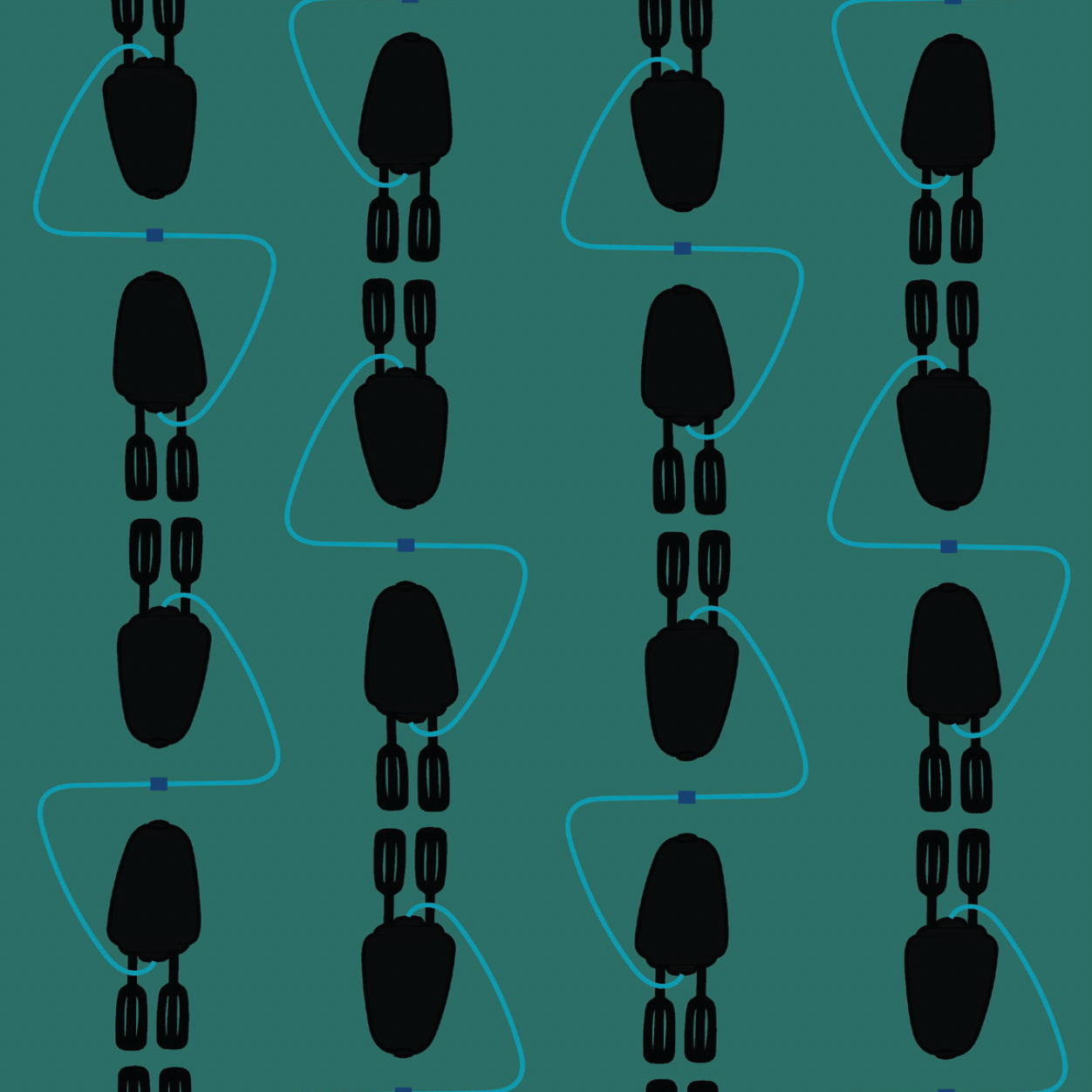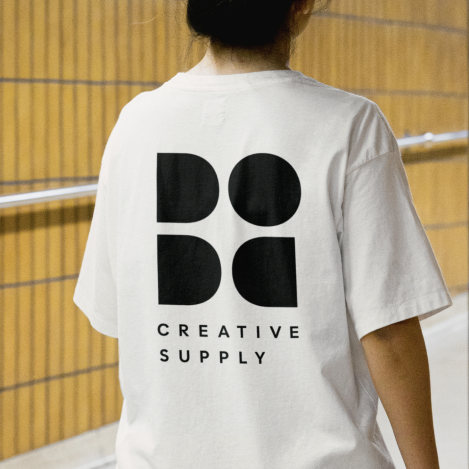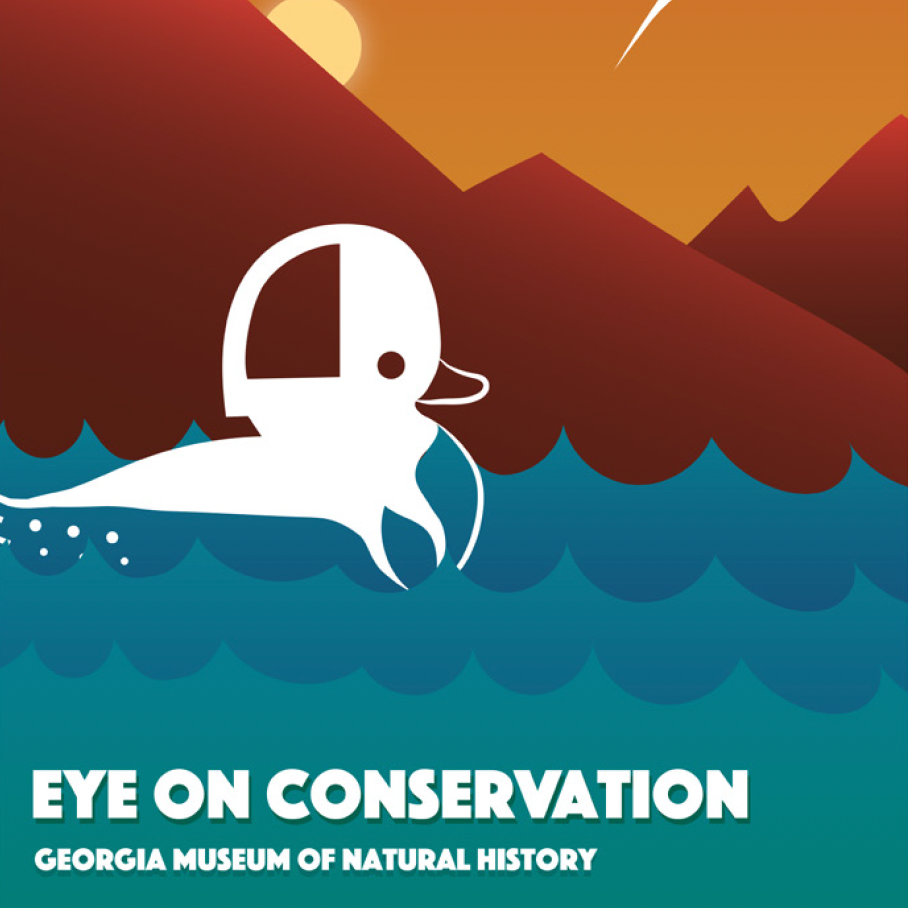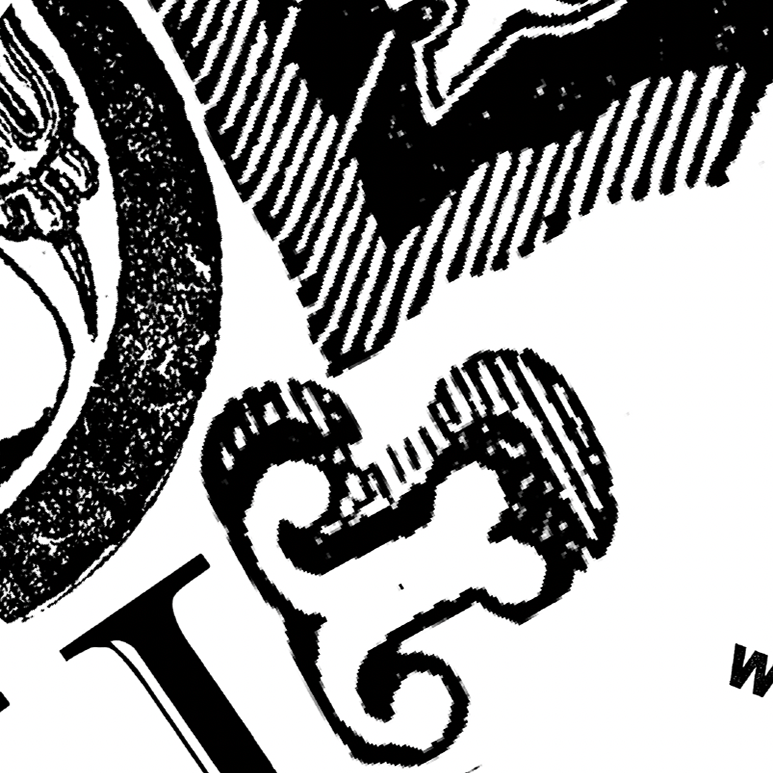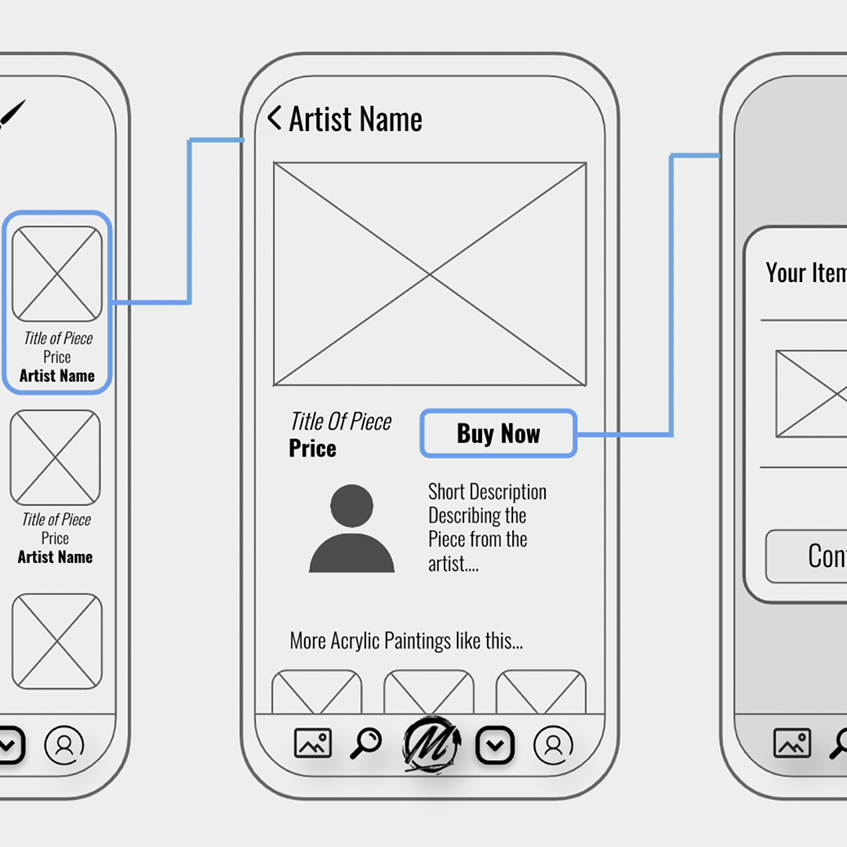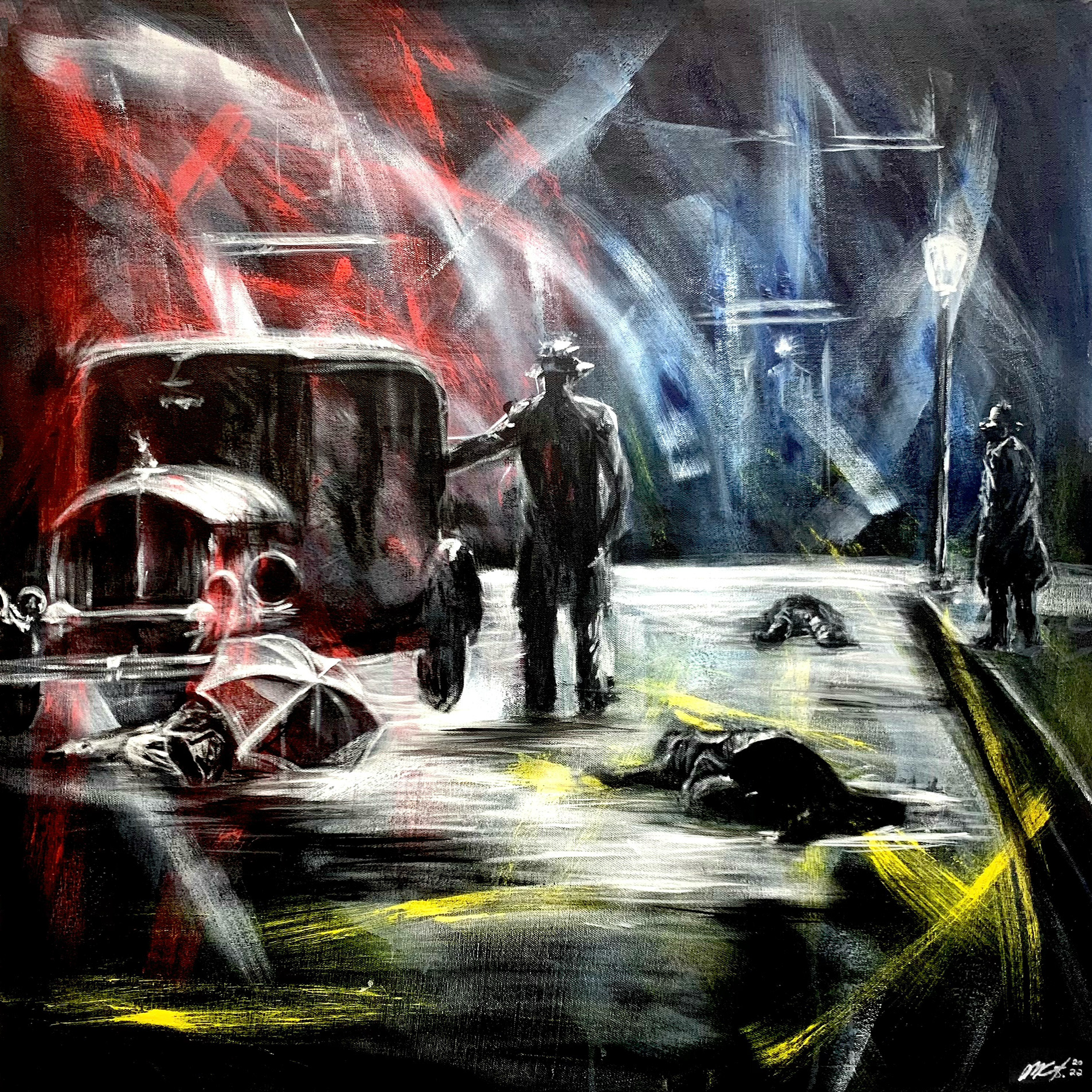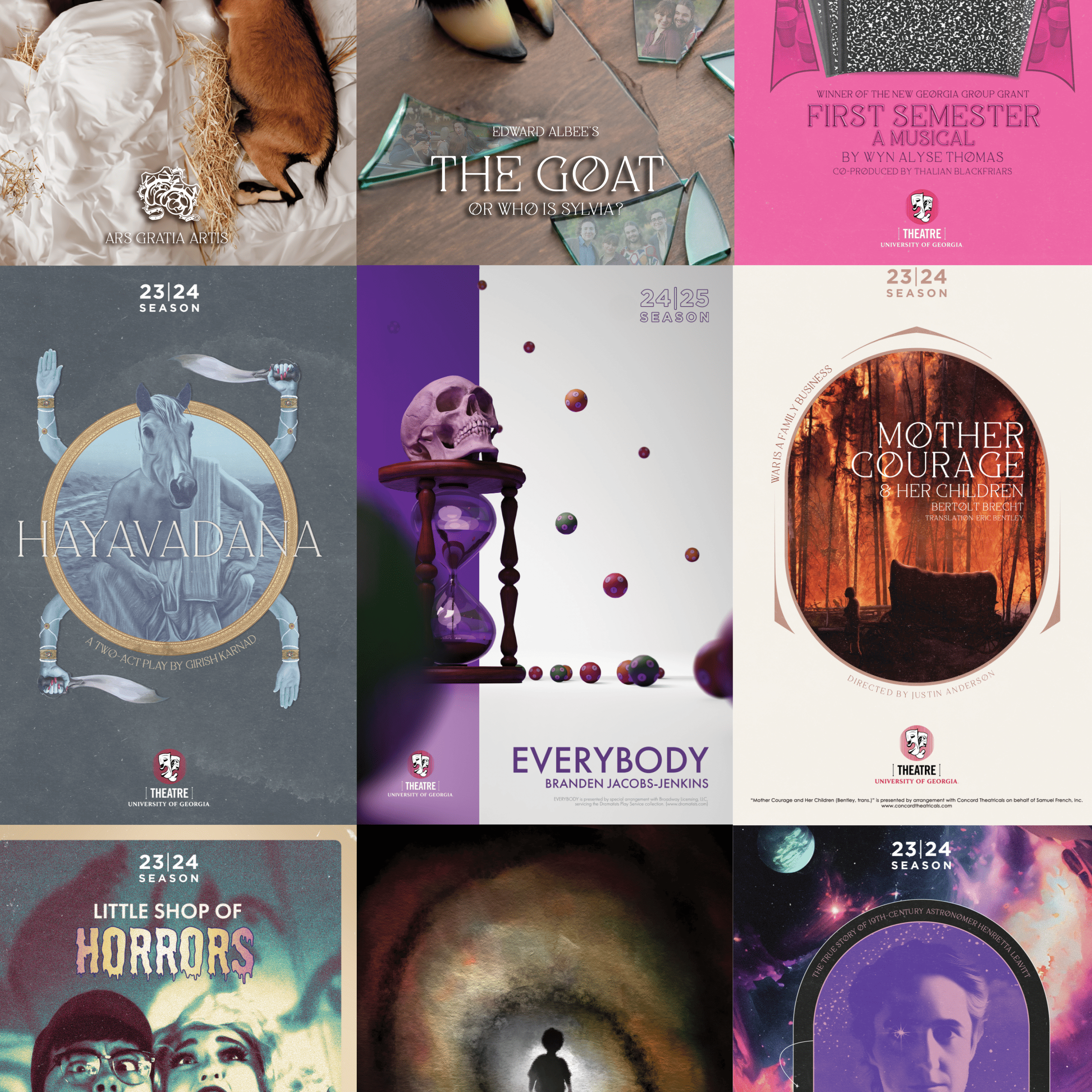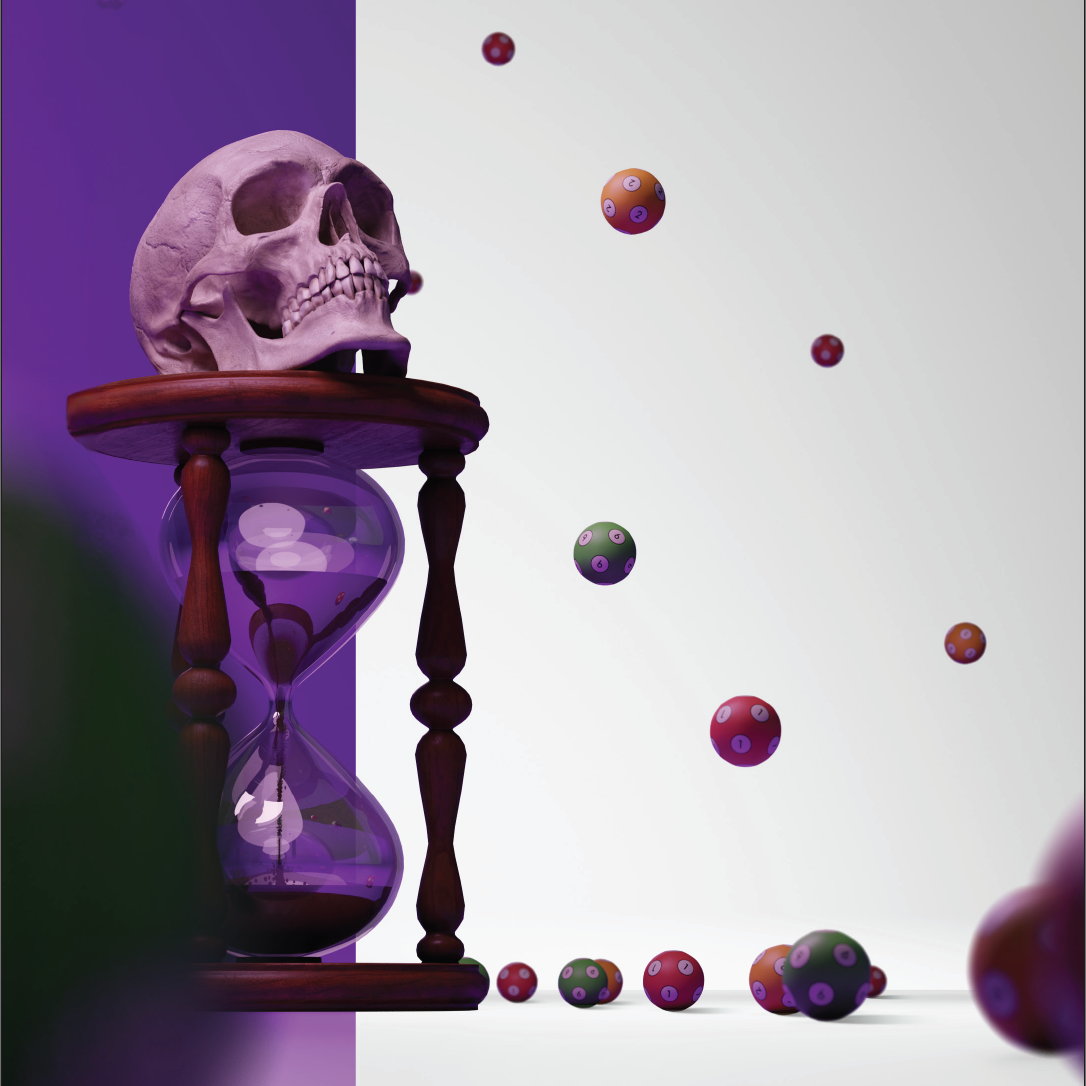Reimagining Wildlife Giving Through Interactive Design
User-Centered Research • Behavioral Design • Family Engagement
AMBITION ______________________________________________________________________________________________
Transform Passive Visitors into Active Donors Through Design
Bear Hollow Wildlife Trail—a small but beloved animal sanctuary—faces a common challenge: encouraging more donations, especially from families with young children. Traditional donation boxes lack interaction, visibility, and emotional connection. For an environment built on education and empathy, the tools for giving felt outdated.
This capstone project set out to reimagine how people give at sanctuaries—not just by strategically placing donation stations but by redesigning the entire experience of giving. I created a series of design solutions—including physical models and 3D rendering—that could be tested and refined for clarity, usability, and appeal. Each element was designed to balance playful engagement for children with functional clarity for parents.
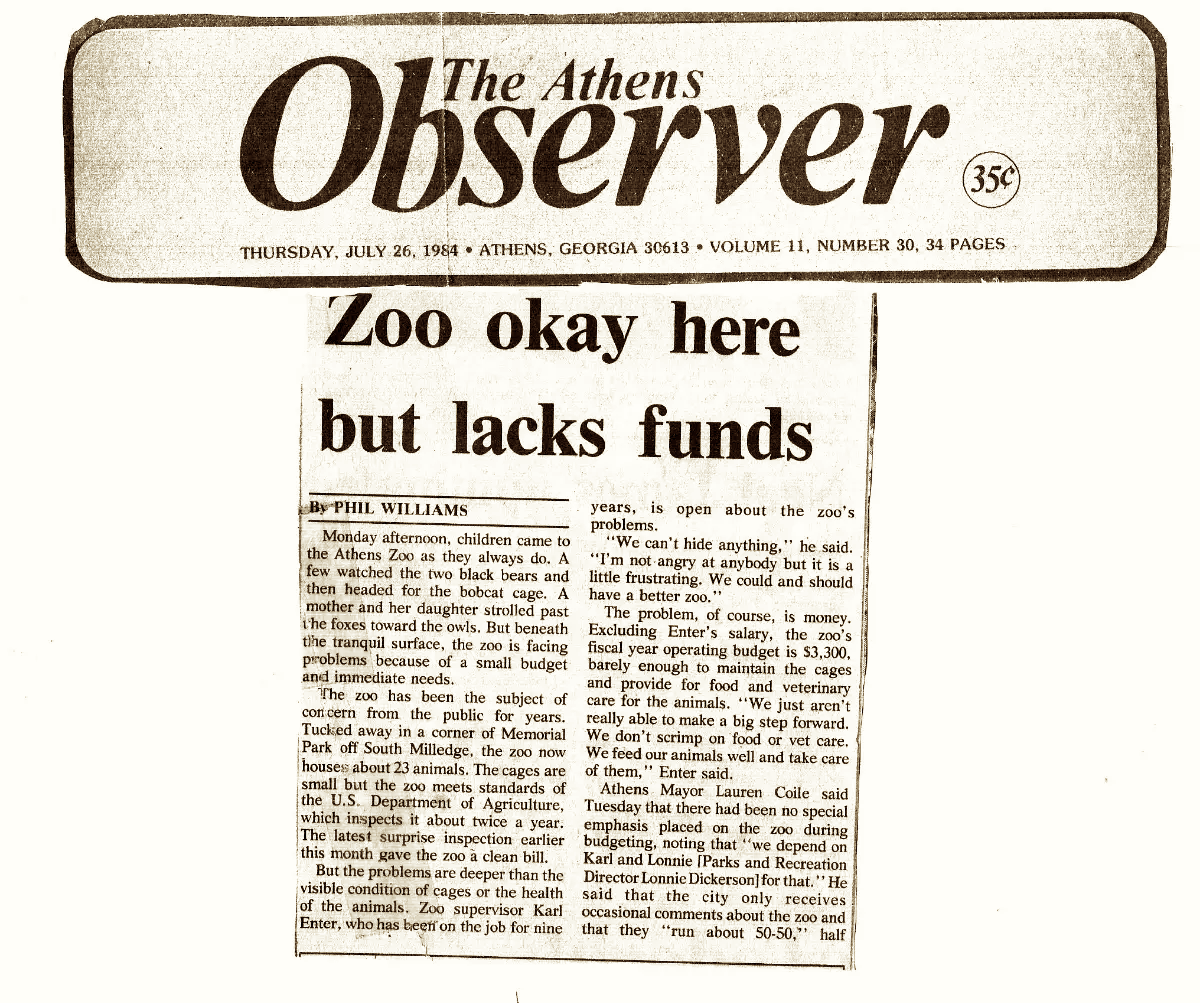
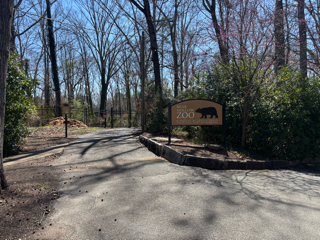

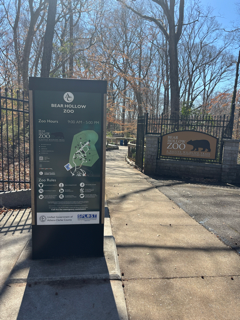


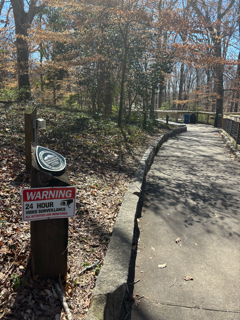
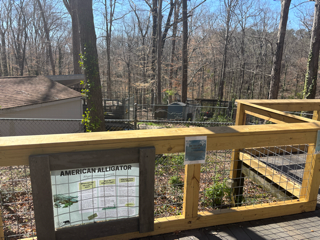
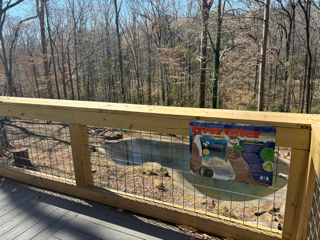
ACTION _________________________________________________________________________________________________
Designing a Behavior-Informed, Tap-to-Give Experience
To develop a system rooted in real user needs, I conducted extensive research, including behavior mapping, object analysis, visitor interviews, and secondary source review. Through this research, I uncovered opportunities to merge educational moments with donation interactions, especially when designed for families.
Prototypes were informed by three design pillars:
• Integration: Donation elements embedded directly into exhibit signage or animal habits.
• Interaction: Tap-to-donate features that trigger sensory or educational responses.
• Immediacy: Designs that encourage spontaneous giving through visual cues, storytelling, and simplicity.
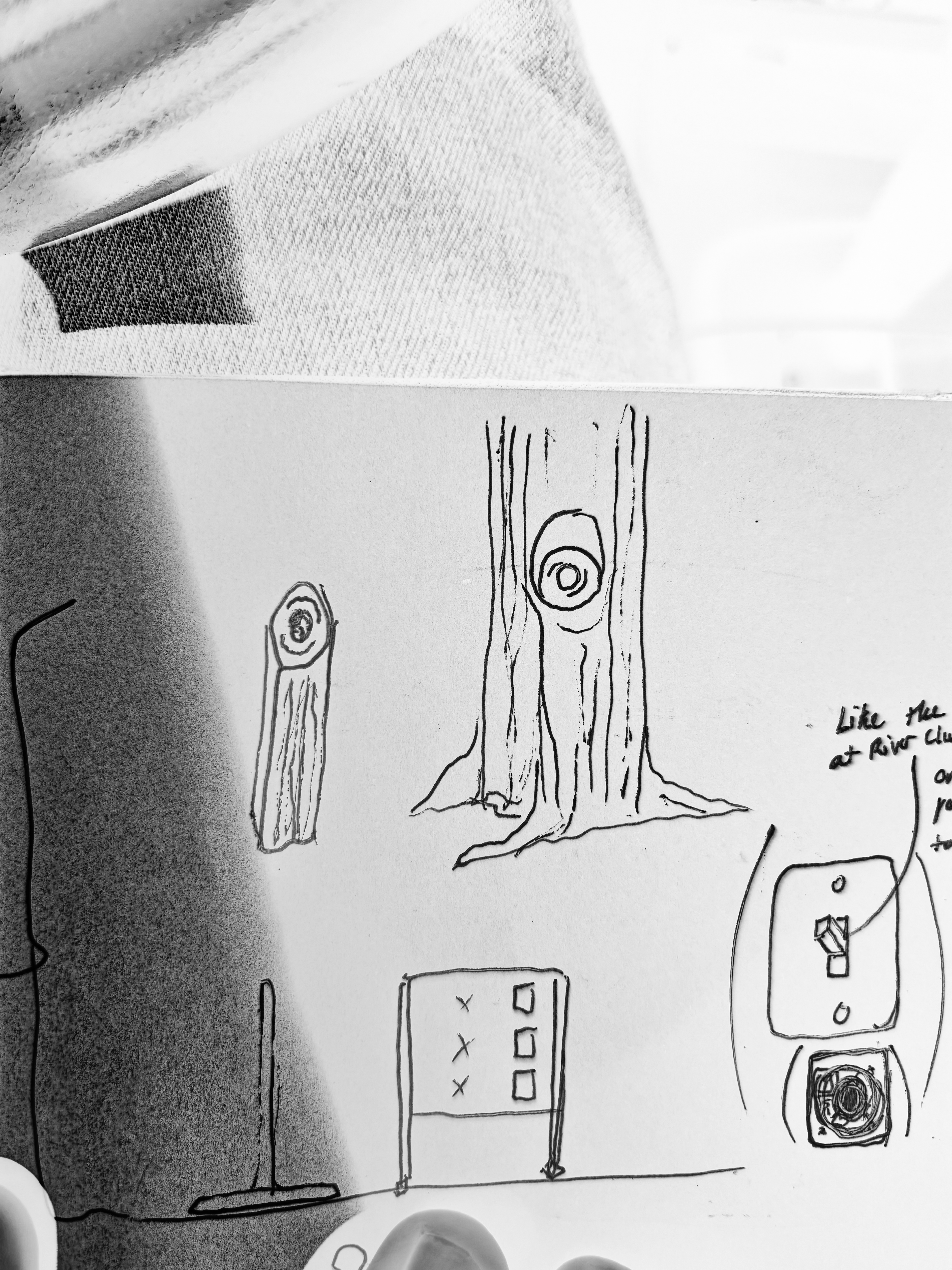
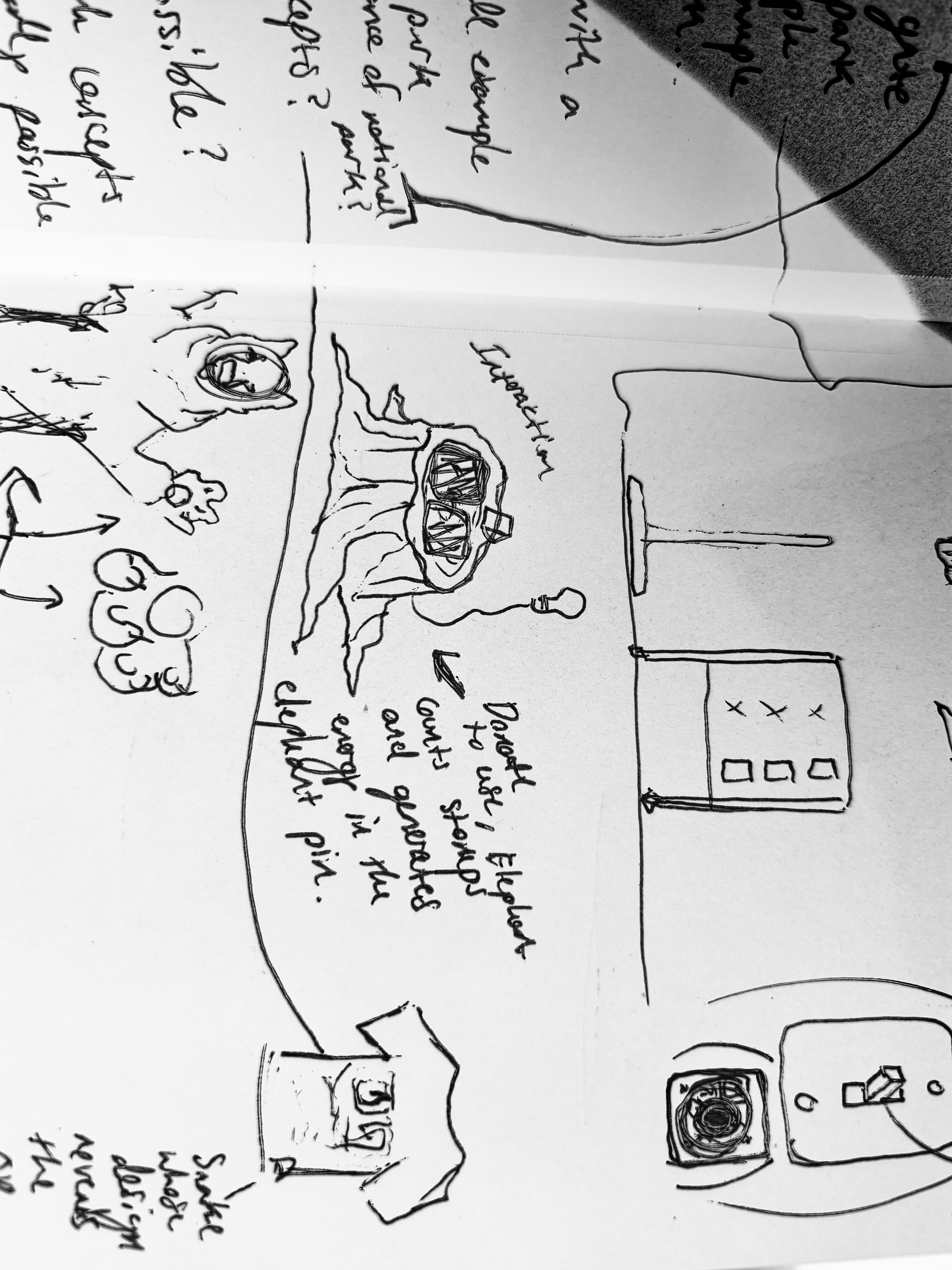
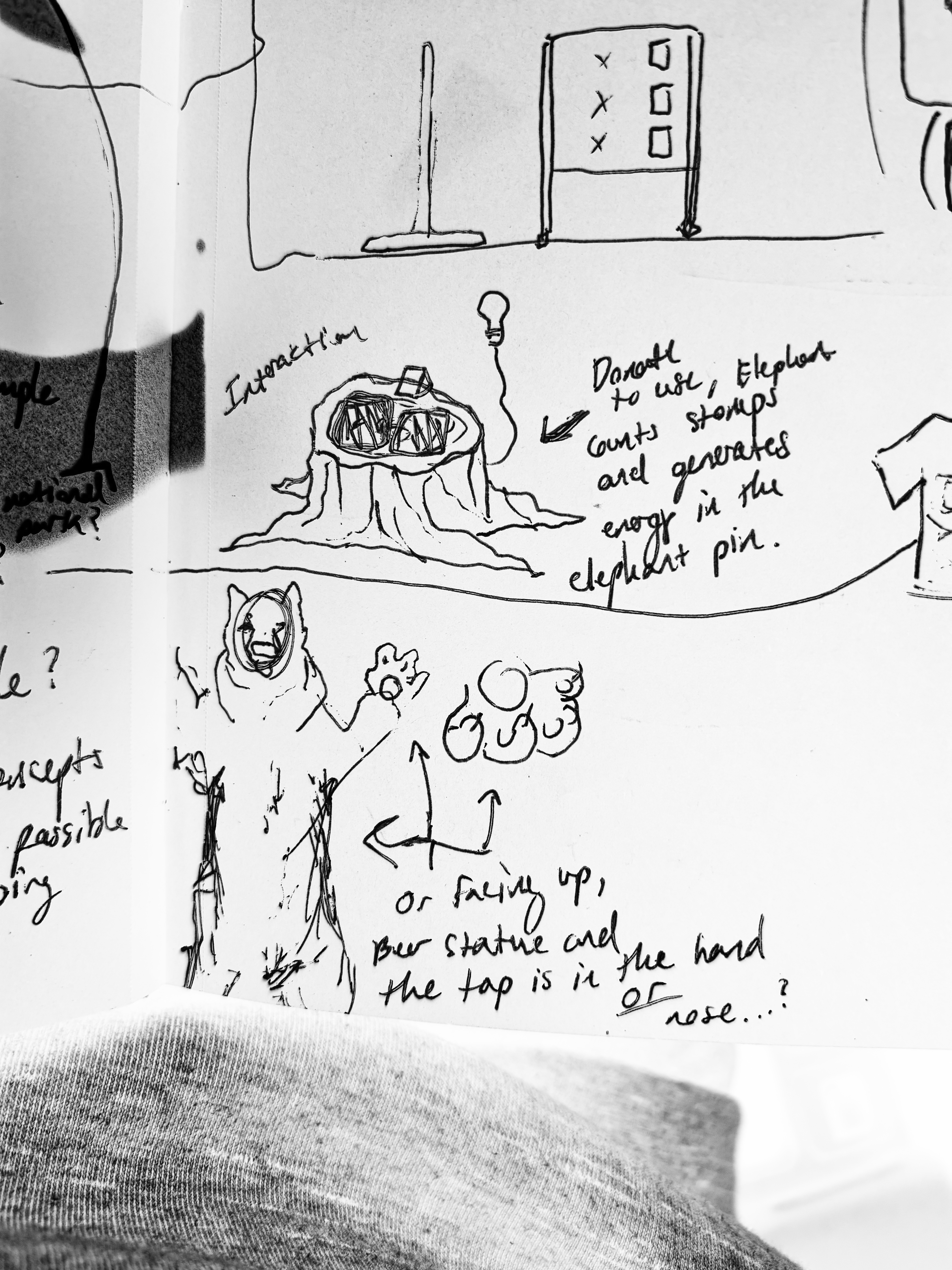

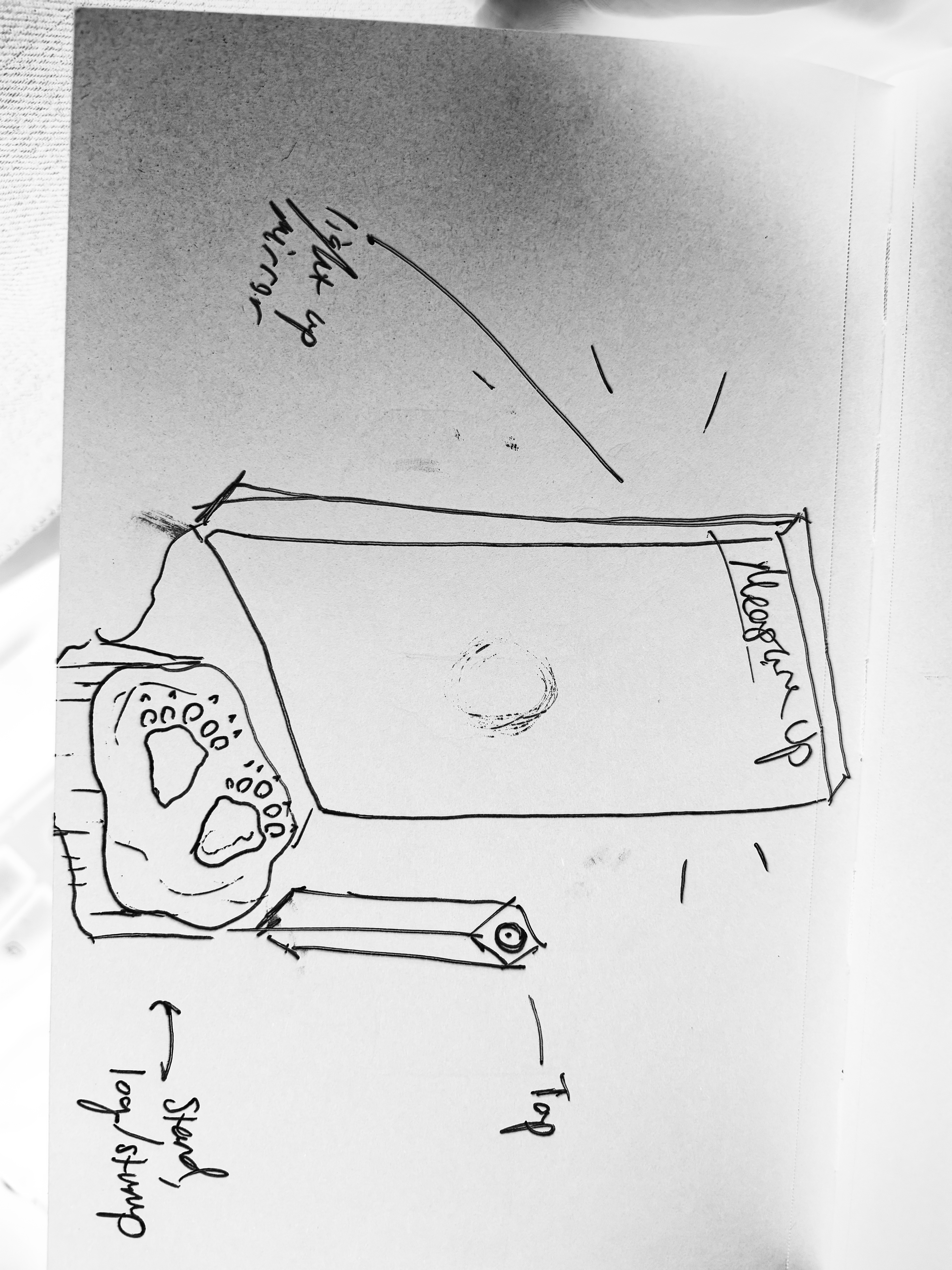

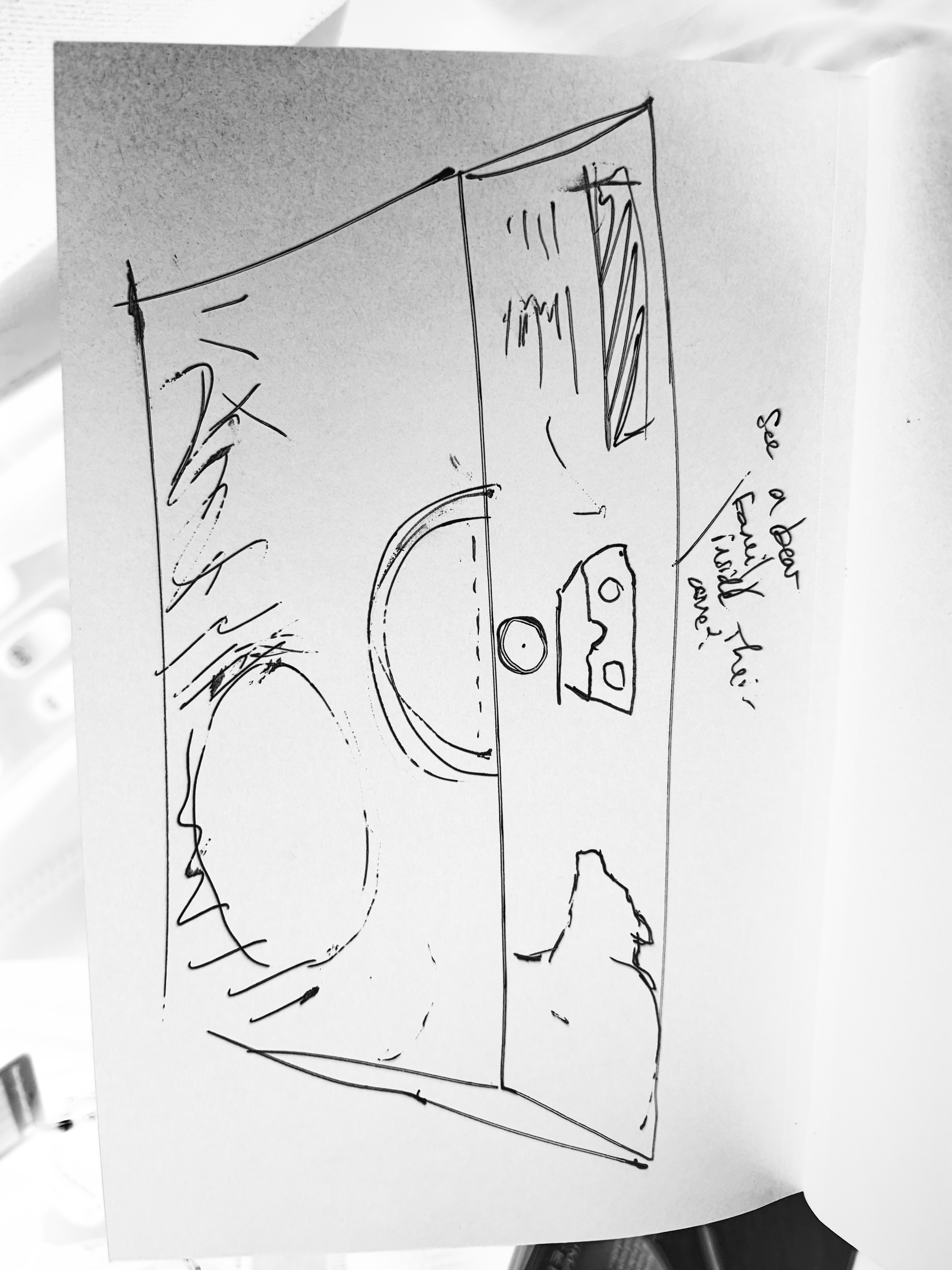
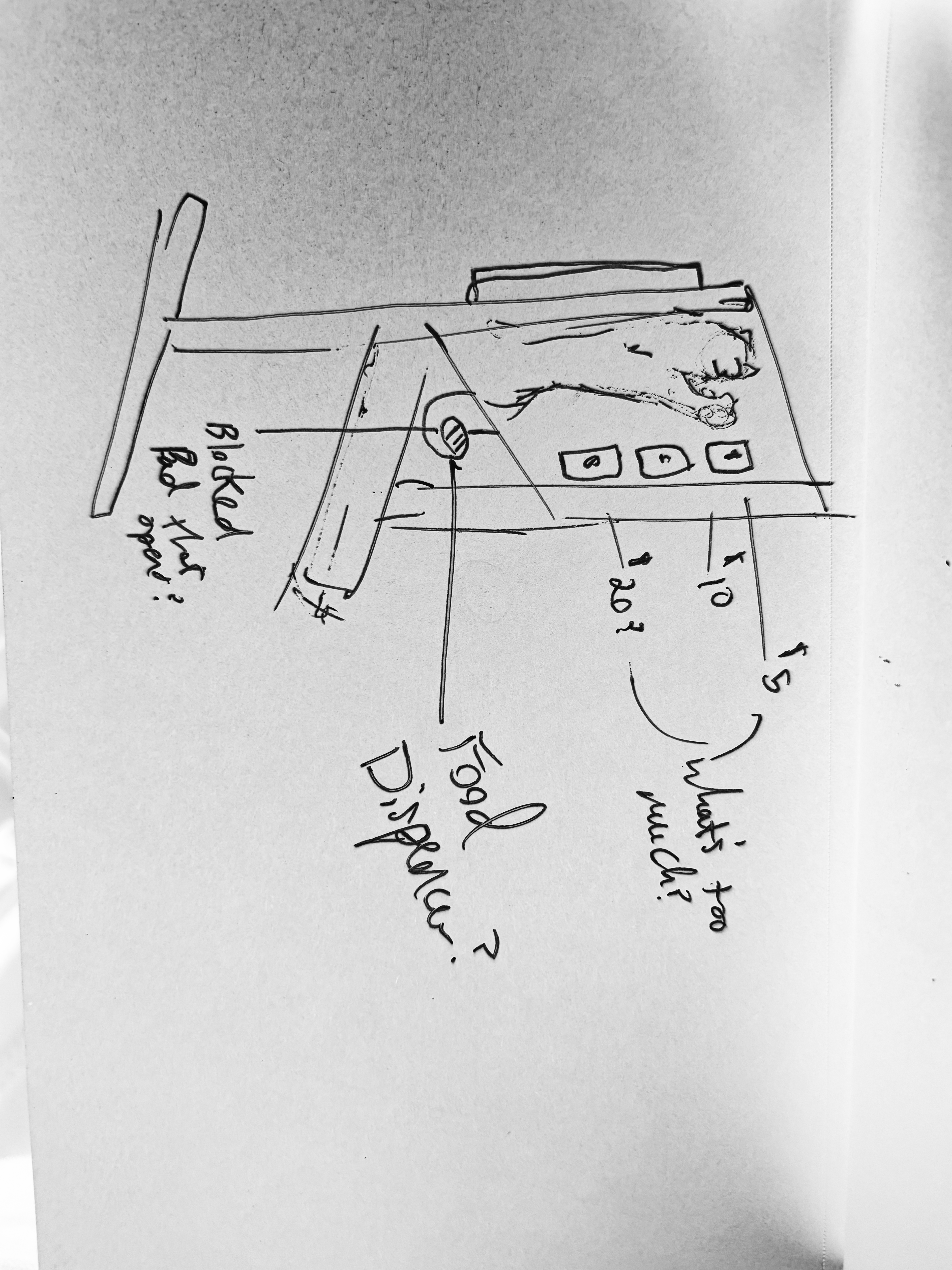
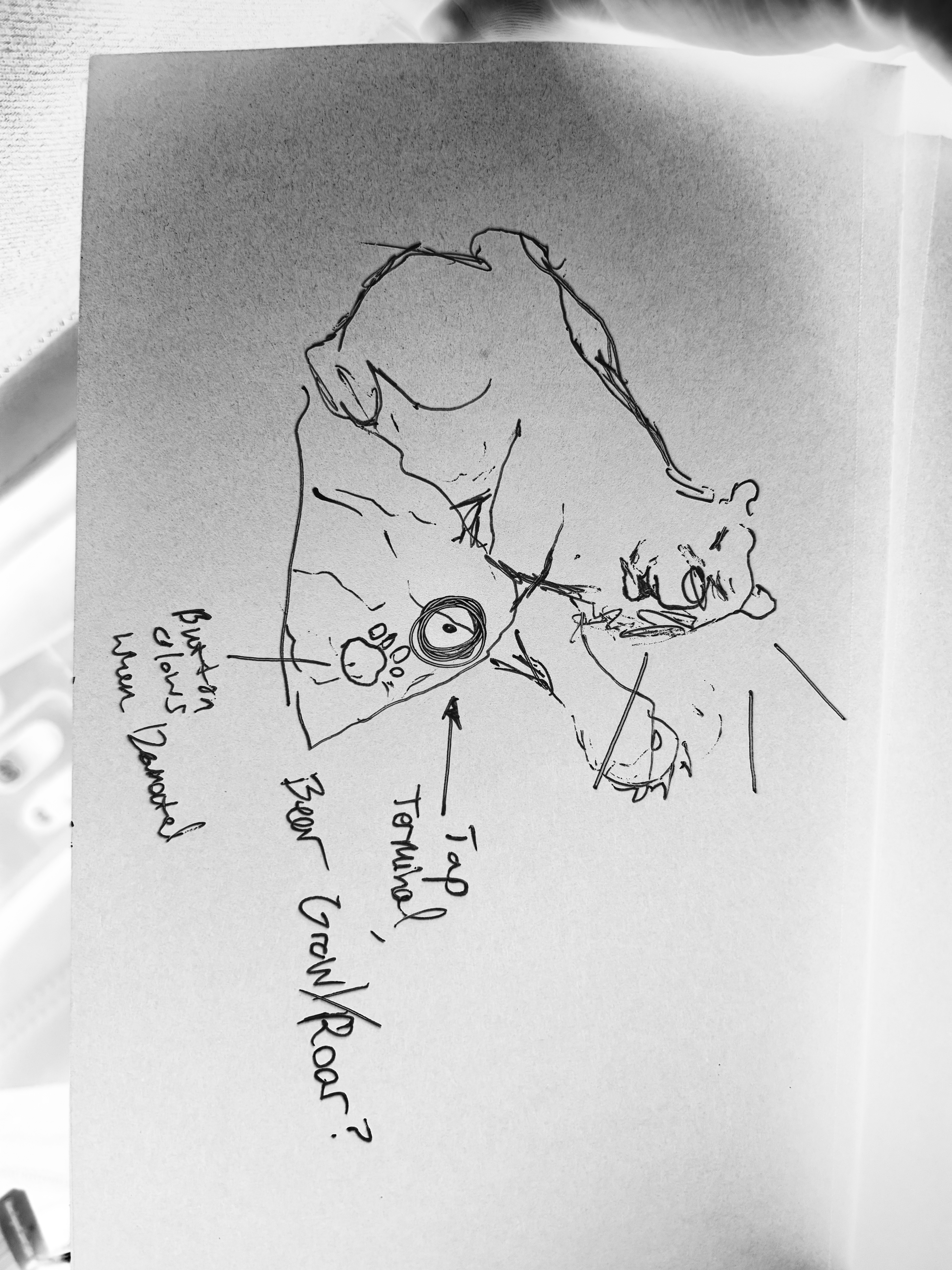



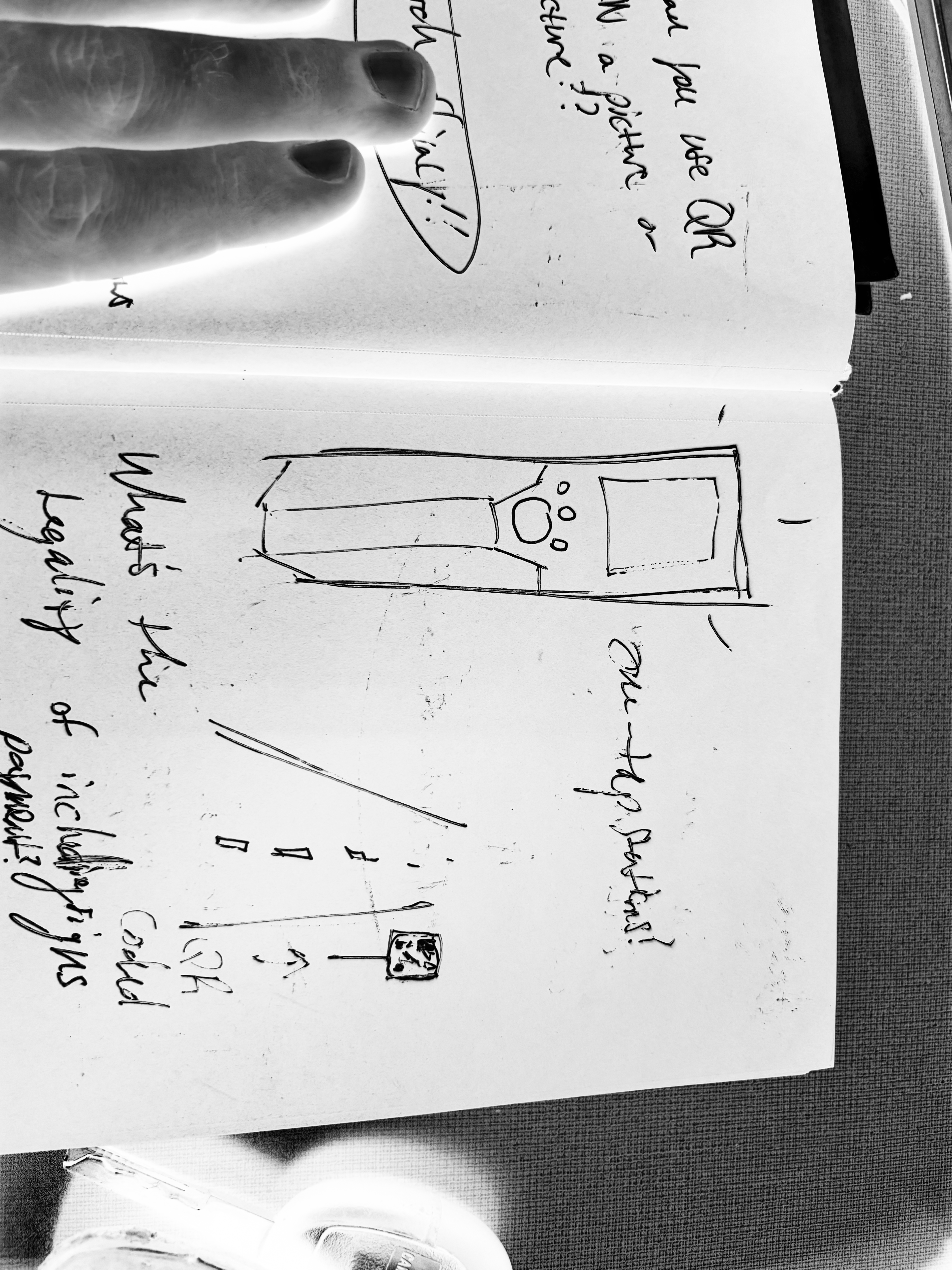

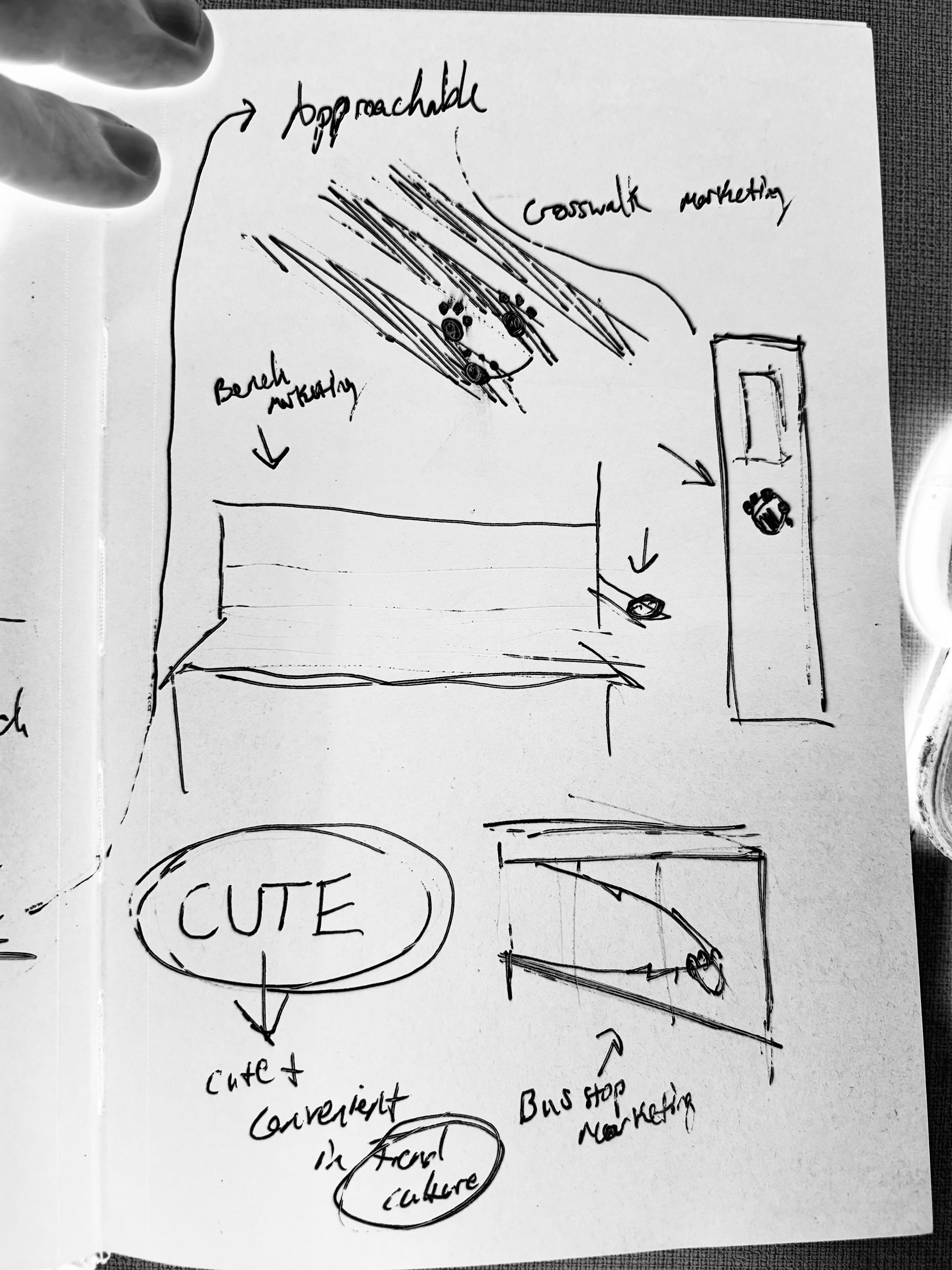
ACHIEVEMENT ___________________________________________________________________________________________
A New Model for Engagement and Giving in Family-Friendly Spaces
The final design system offers Bear Hollow an interactive way to encourage giving—one that doesn't rely on signage alone but uses design as the donation prompt. The modular system allows for different donation types to be embedded in exhibits, supported by tap-to-give terminals that reward curiosity and generosity.
These stations not only increase visibility but invite children to see the direct impact of their actions, making donations part of the sanctuary visit—not an afterthought.
Backed by data and built with empathy, this project demonstrates how intentional design can turn everyday visitors into active advocates for wildlife.
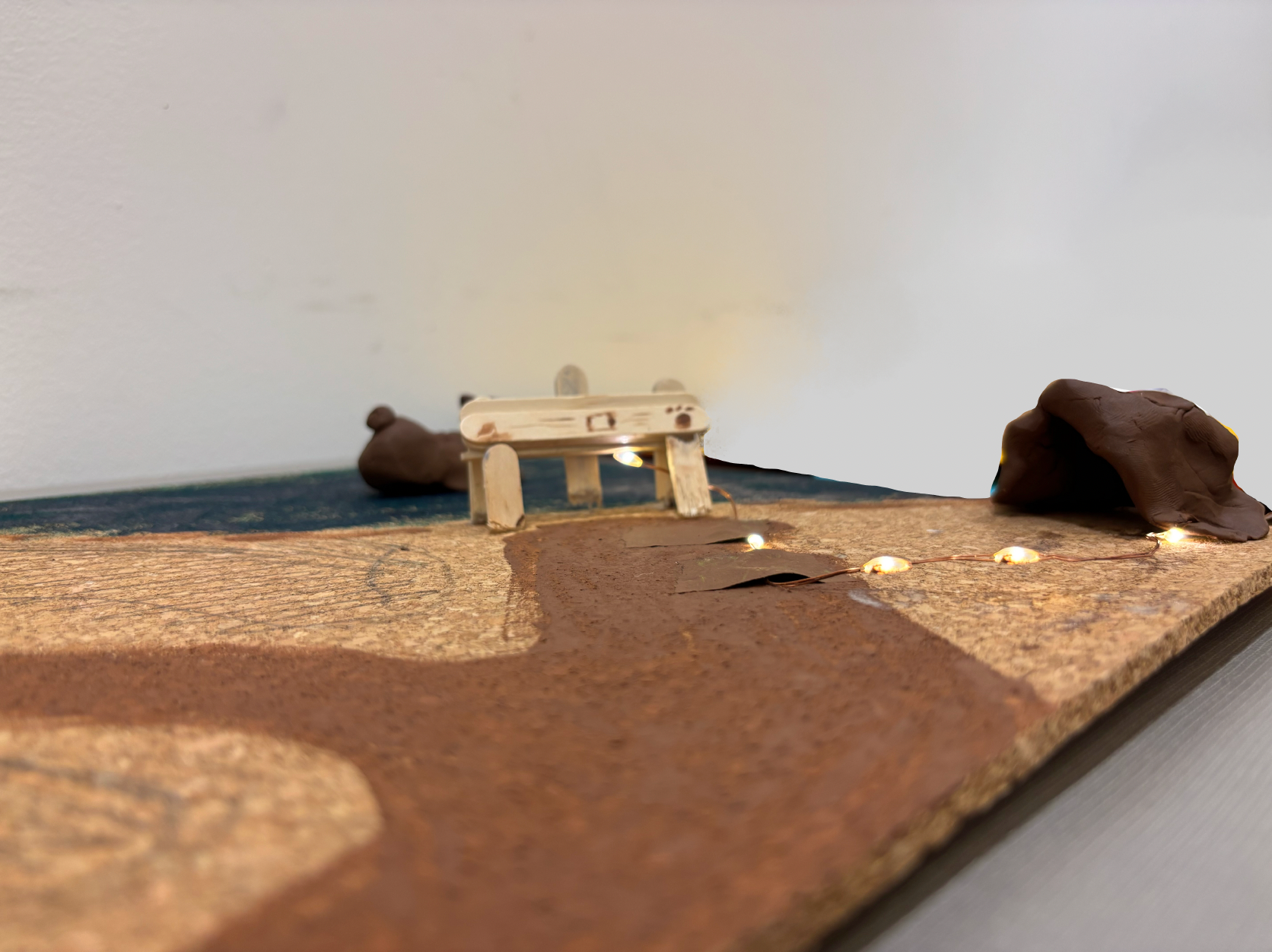
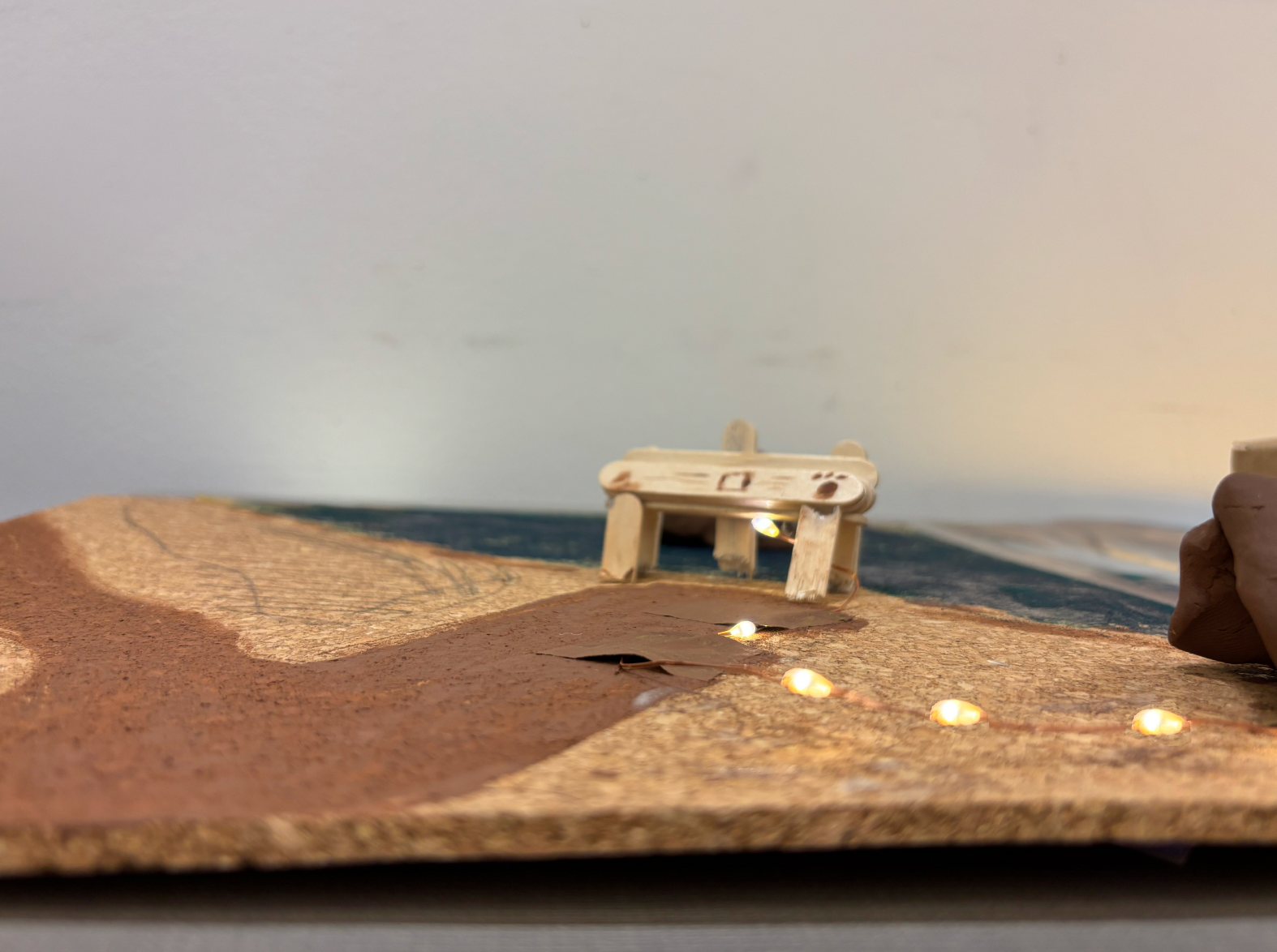
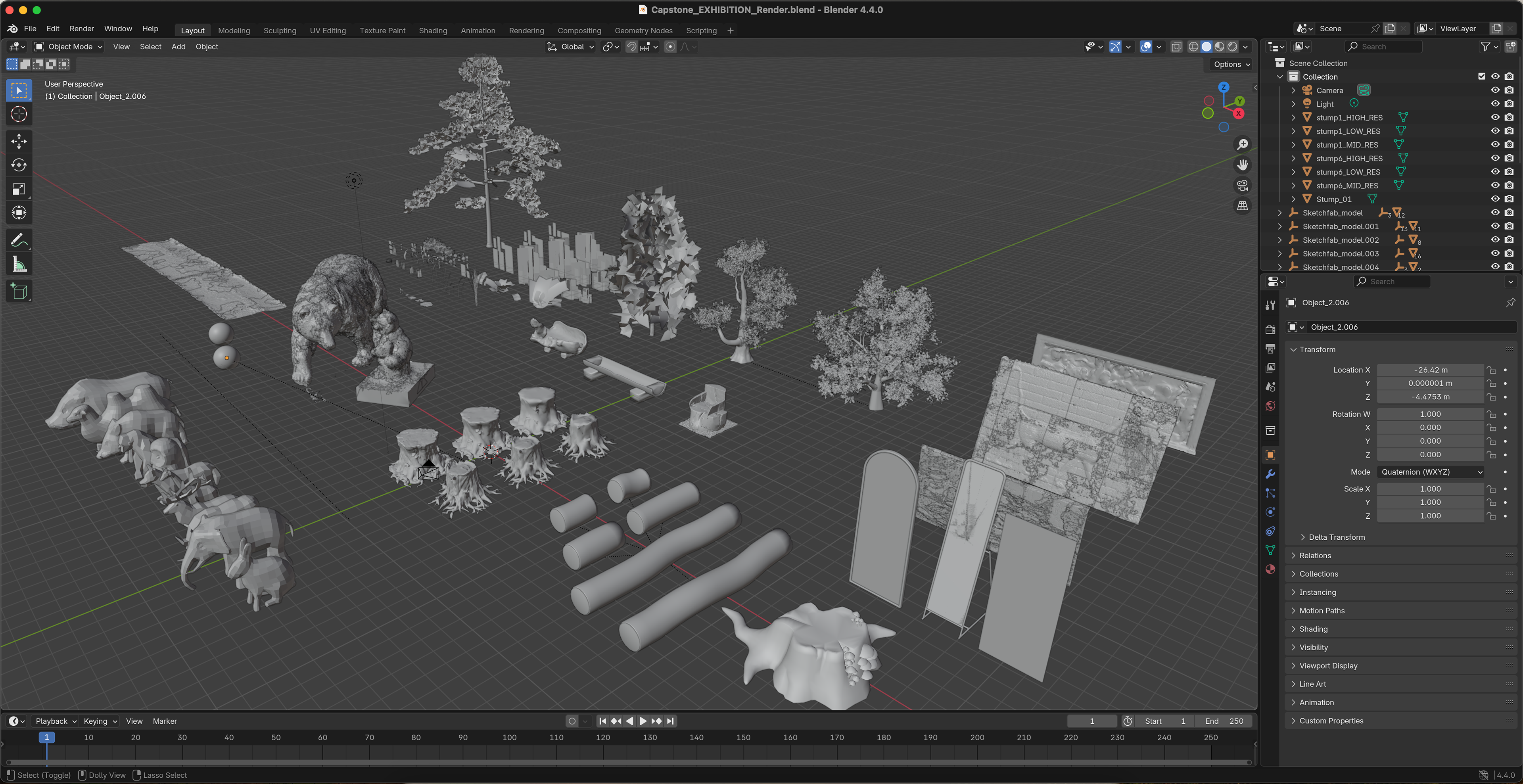
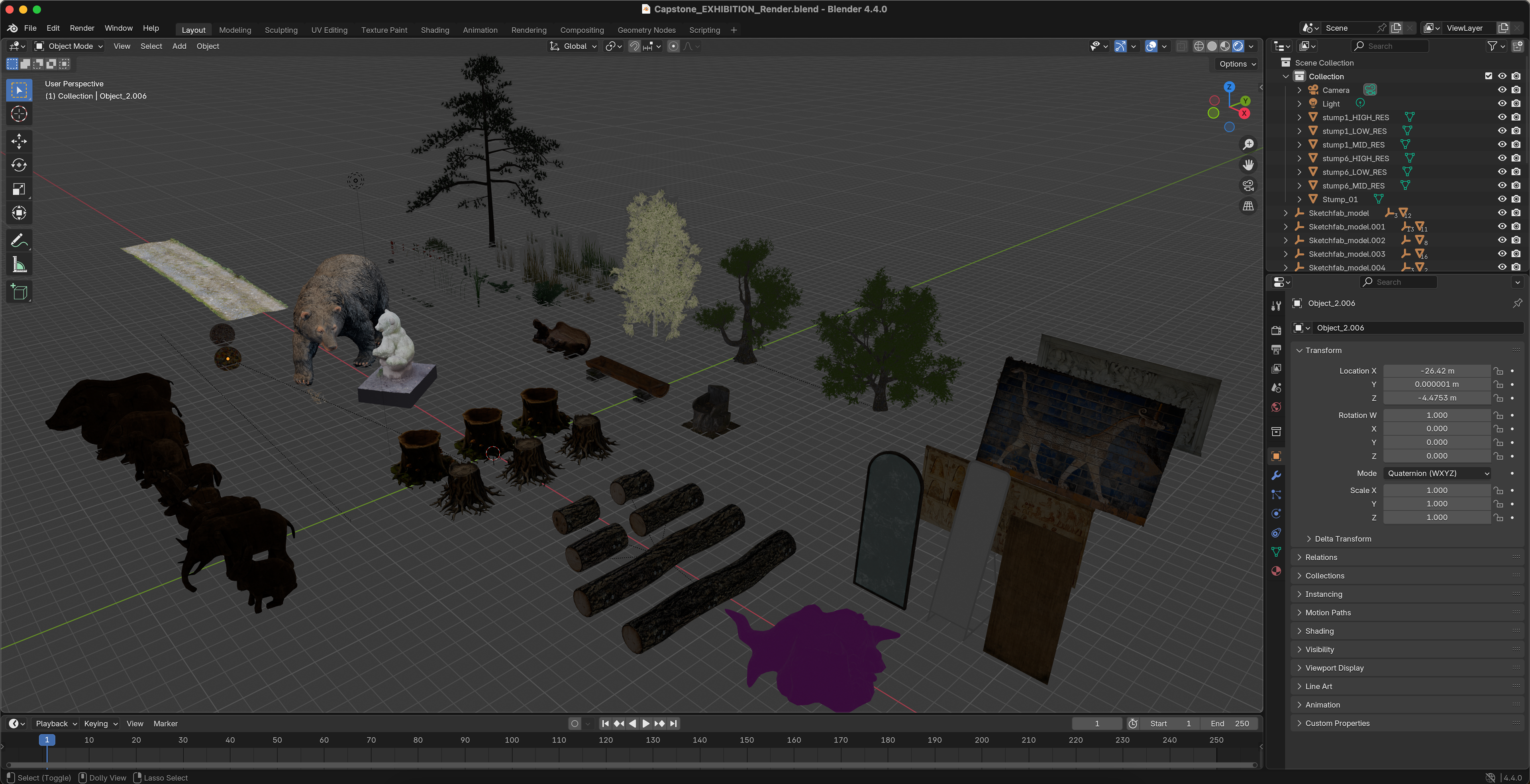

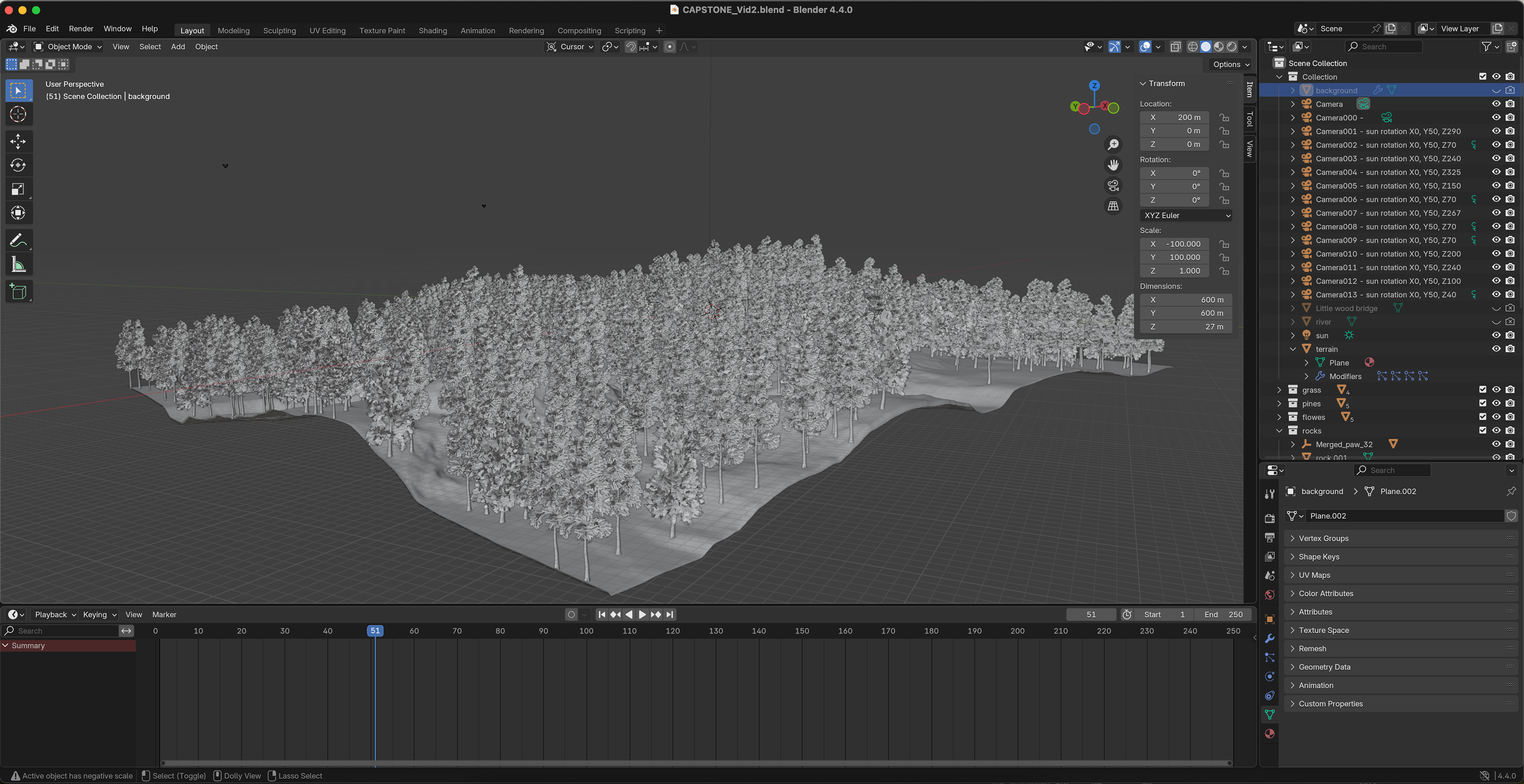




REFLECTION _____________________________________________________________________________________________
Designing Through Discovery, Feedback, and Purpose
Throughout this project, I learned that great interactive design starts with observation. By mapping real visitor behavior and listening to families, I was able to design solutions that didn't just "look better"—they worked better.
I refined station concepts across multiple iterations balancing technical feasibility with child-centered interaction. I also facilitated conversations around feasibility with sanctuary staff, ensuring the designs stayed grounded in reality. Ultimately, I discovered that the most meaningful design outcomes often grow from discarded ideas and repeated questions.
This project confirmed what I already suspected: design can be a bridge between education, empathy, and action.

